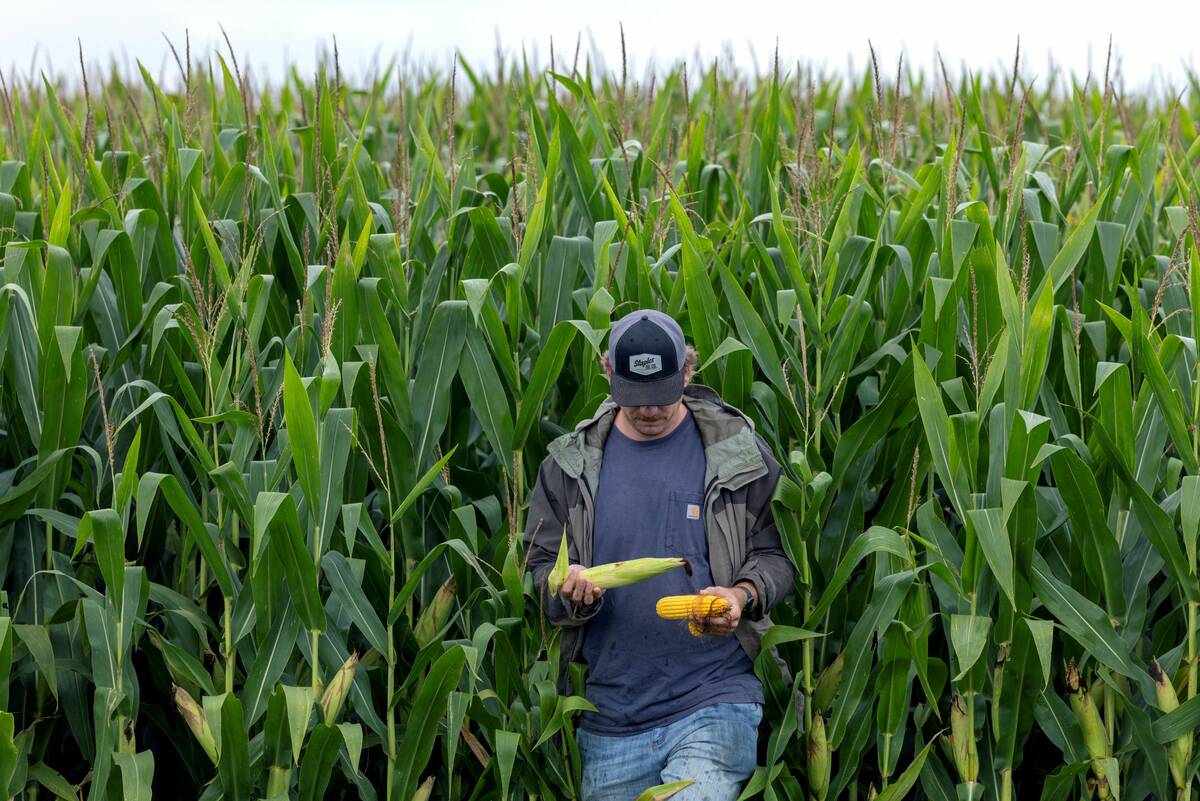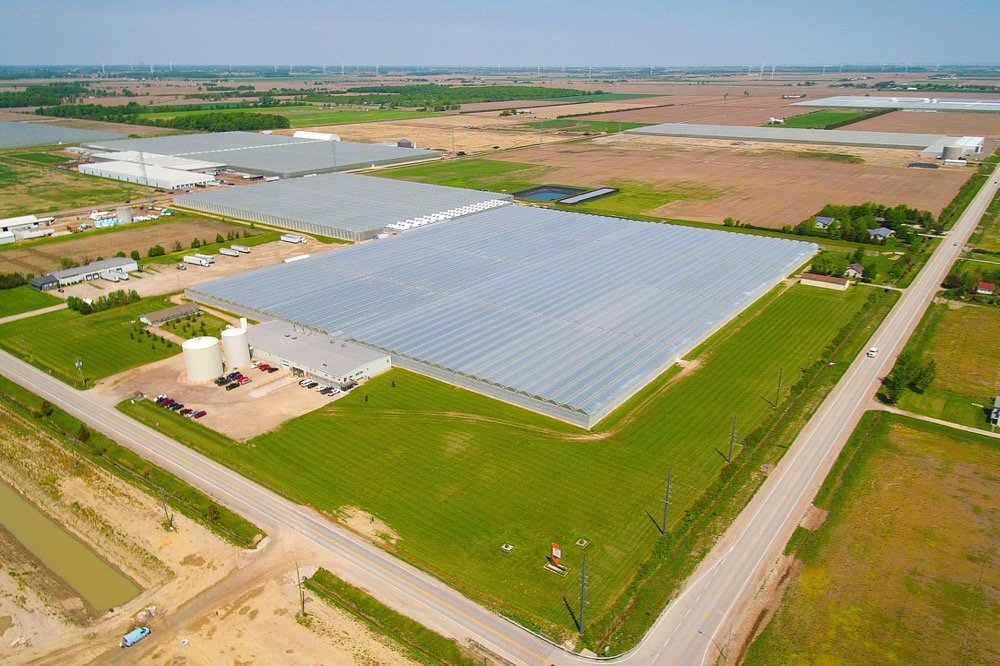Chatham, Ont. — Henry Denotter’s farms near Kingsville, Ont. are close to the Wigle Creek, which flows into Lake Erie and takes with it any residues it pulls from nature and farmers’ fields.
The Wigle Creek subwatershed, west of Leamington, has turned into ground zero in long-term research on how farmers can reduce phosphorus running into the lake. Phosphorus from various sources, including farm fields, is being blamed for an increase in algae growth in Lake Erie.
The watershed is perfect for finding a baseline for phosphorus levels in the soils and how they run to the lake, says Denotter, who recommended it to the Essex Regional Conservation Authority (ERCA) for its Priority Subwatershed Project.
Read Also

The U.S. corn crop could be the biggest ever. That’s terrible news for America’s farmers.
The USDA predicts a record corn crop for U.S. farmers, who question the agency’s accuracy amidst high debt and low crop prices.
The subwatershed project is part of the Great Lakes Agricultural Stewardship Initiative which funds changes to agricultural practices in watersheds that feed into Lake Erie.
The funding for the project is into its third year and the last intake for the project was in the late fall.
Projects gobbling up the entire funding were submitted in about the first five minutes, said Chris Snip, a certified crop advisor with Agris Co-operative. He is based at the Agris office in Cottam and was interviewed at the Chatham-Kent Farm Show.
Farmers who have got funding to help with new equipment have generally bought or modified equipment to more precisely place fertilizer or to strip till crops.
The starting point for farmers is a farmland health checkup, which involves working with a certified crop advisor to look at erosion, organic matter, soil health, soil chemistry and phosphorus levels.
Those who complete the free checkup are then eligible to apply for funding to improve best management practices. Farms in a subwatershed project are available for even greater funding — up to 80 per cent of projects.
That has allowed almost every farm in the Wigle Creek subwatershed to conduct soil tests, providing an extensive benchmark of phosphorus levels across the area.
Denotter said during an interview at the farm show that “the greatest thing about the watershed program is that we need a baseline.”
The Wigle Creek is already part of a monitoring program as part of a project to monitor greenhouse runoff. It has no greenhouses feeding water into its watershed, so serves as a baseline to other area watersheds.
Denotter, a past president of the Ontario Soil and Crop Improvement Association (OSCIA), has taken the funding he’s received and purchased a Salford 2000 variable rate fertilizer cart that allows him to place fertilizer more precisely. They no longer broadcaster fertilizer. He’s also customized a John Deere air seeder for precision fertilizer and seed placement.
Denotter says he and his family are conservationists and that he’s motivated to reduce his runoff of phosphorus because “I don’t like to see green water,” in the lake.
The second largest farmer in the watershed, he was an early adopter of no-till farming and was recognized in January by the conservation authority with its education award.
The other large farmer uses a lot of plowing, he noted, so the subwatershed is a good place to compare phosphorus movement and tillage practices.
The program has expanded the number of farmers who are soil testing, said Snip, who has been helping lead the Agris work on phosphorus reduction because of a personal interest: He lives near the lake.
Snip was recognized by Agris parent co-op Growmark with one of its Endure 4R Advocate awards last year, one of four winners in North America.
The 4R nutrient management program is a certification program that encourages the reduced and proper use of fertilizers across North America. About 10 per cent of Ontario certified crop advisors are certified under the 4R program, said Snip. The Agris board of directors recently adopted a 4R Stewardship pledge.
The GLASI program is administered by OSCIA.
— John Greig is a field editor for Glacier FarmMedia based at Ailsa Craig, Ont. Follow him at @jgreig on Twitter.













